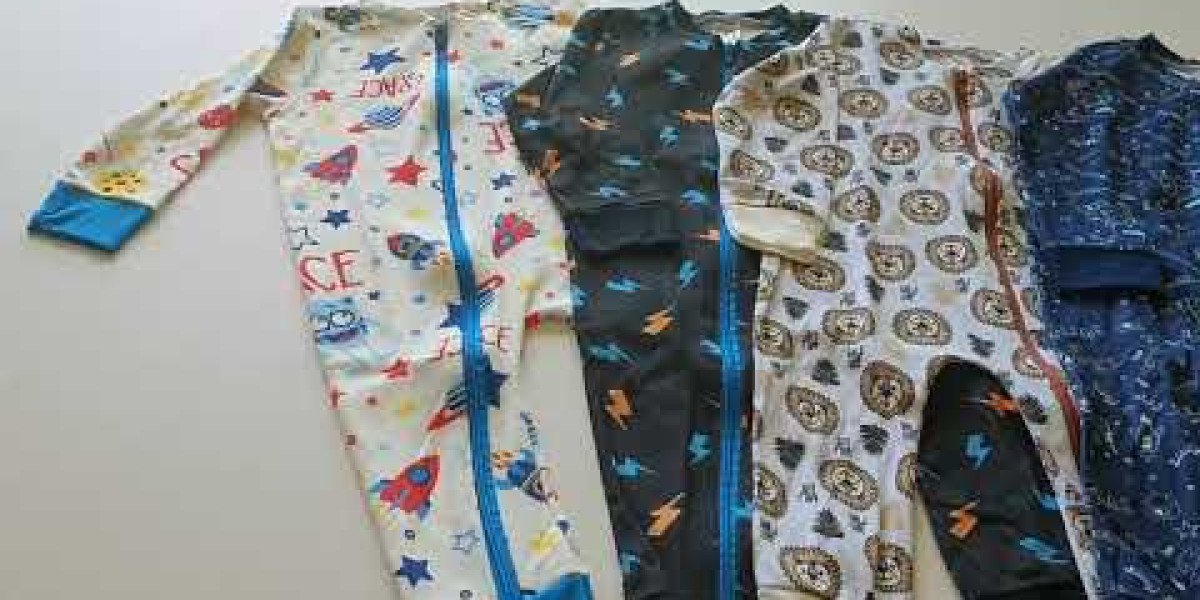Unlock Your Imagination: Discover the Perfect 3D Printing Service Today!
3D printing has rapidly transformed from a niche technology into a mainstream tool, widely embraced across industries ranging from healthcare to aerospace. This innovative manufacturing process allows users to create complex designs with precision, offering endless possibilities for prototyping, production parts, and even custom designs. However, with the increasing number of 3D printing service providers available, selecting the right one to cater to your specific needs can be daunting. In this article, we aim to guide you through the essentials of finding the perfect 3D printing service provider, helping you understand what to consider when requesting a quote or placing an order. Whether you’re a hobbyist or a professional, we’ll ensure you have the knowledge to make an informed decision.

Understanding 3D Printing Services
3D printing services encompass a range of offerings that cater to different aspects of additive manufacturing. These services can primarily be categorized into prototyping, production parts, and custom designs. Prototyping services are ideal for businesses looking to develop and test new products quickly and cost-effectively. Production parts allow for the mass manufacturing of components, while custom designs enable clients to create unique objects tailored to specific requirements. The technologies behind these services vary, with some of the most common methods being Fused Deposition Modeling (FDM), Stereolithography (SLA), and Selective Laser Sintering (SLS). Each technology has its unique applications; for instance, FDM is well-suited for creating durable plastic parts, while SLA is favored for high-resolution prototypes. Understanding these services and technologies is crucial in identifying the right fit for your project.
Factors to Consider When Choosing a 3D Printing Service
When selecting a 3D printing service provider, several key factors come into play that can significantly influence the quality and success of your project. One of the first considerations should be the range of materials offered. Different projects require different materials, and a provider that offers a wider selection will likely be more versatile in meeting your needs. Additionally, print quality is paramount; you’ll want to assess the provider's past work through samples or reviews to ensure they can deliver the level of detail and finish you require. Turnaround time is another critical element, as delays can impact project timelines and costs. Lastly, customer support is essential; a responsive and knowledgeable team can provide guidance throughout the process, addressing any questions or concerns that may arise. Taking the time to evaluate these factors will help you make an informed decision.
Evaluating Material Options
The choice of material in 3D printing is not just a matter of preference; it can greatly affect the final product's performance, aesthetics, and cost. Common materials used in 3D printing include various plastics such as PLA and ABS, which are popular for their ease of use and affordability. Metals like titanium and aluminum are often used for parts that require strength and durability, particularly in industrial applications. Additionally, composites that blend different materials can offer unique properties, such as enhanced strength or flexibility. Understanding the characteristics of these materials will help you choose the right one for your specific application, ensuring that your final product meets your expectations.
How to Request a Quote
Requesting a quote from a 3D printing service should be a straightforward process, but providing clear and concise information is key to receiving an accurate estimate. Start by detailing your project specifications, including dimensions, complexity, and any specific requirements such as material type or surface finish. It’s also essential to communicate your deadlines clearly; this will help the provider determine if they can meet your timeline. Additionally, consider your budget when requesting a quote. Being upfront about your financial constraints can help the service provider suggest options that fit within your range. By equipping them with the necessary details, you pave the way for a smoother, more efficient quoting process.
Placing an Order: What to Expect
Once you’ve selected a 3D printing service and received a satisfactory quote, the next step is placing your order. The process typically begins with confirming the specifications and finalizing any design files that need to be submitted. It’s important to maintain open communication with the service provider throughout this stage, as they may require additional information or clarification. Be prepared for potential revisions; it’s common for initial designs to undergo adjustments based on feedback or practical considerations. Understanding what to expect during this phase will help you navigate the order process smoothly and ensure a successful outcome.
Final Thoughts on Choosing the Right 3D Printing Service
In summary, selecting the right 3D printing service provider involves careful consideration of various factors, including service offerings, material options, and communication practices. By doing thorough research and understanding your specific needs, you can find a provider that not only meets your expectations but also enhances your creative projects. With the potential of 3D printing technology to bring innovative ideas to life, the right partnership can open doors to endless possibilities in design and manufacturing. Take your time, explore your options, and embrace the future of production with confidence!








